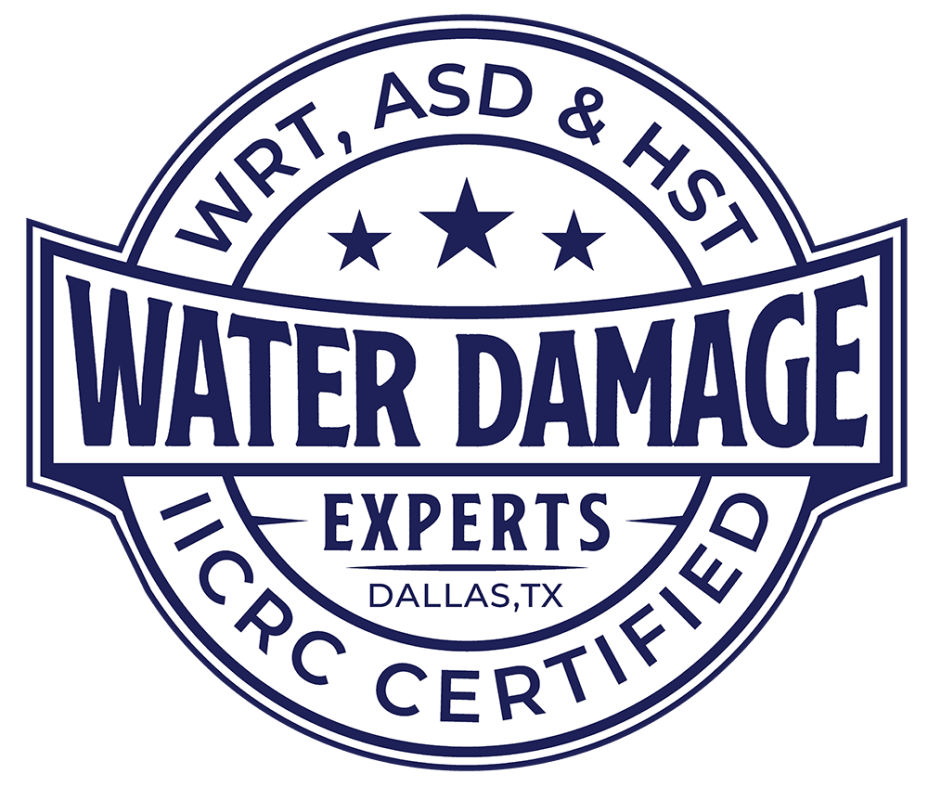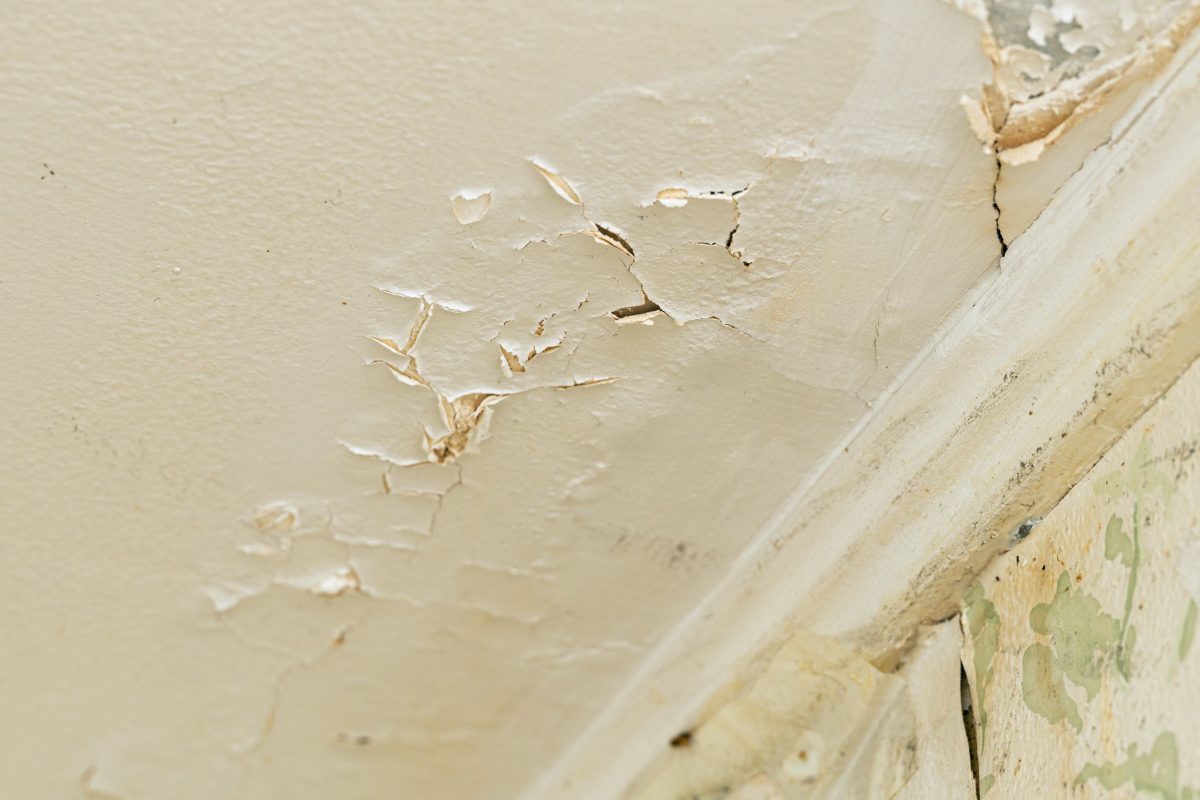Are pesky water stains on your ceiling turning your otherwise beautiful space into an eyesore? Don’t fret! With the best response, you can conquer those drips and transform your ceiling from dull to dazzling. In this article, we will guide you through effective techniques to banish water stains and restore your ceiling’s pristine appearance.
Water stains on your ceiling can be caused by a variety of issues, such as leaky pipes, roof leaks, or condensation buildup. Regardless of the cause, it’s important to address the problem promptly to prevent further damage and potential health risks, such as mold growth.
Our expert tips and tricks will help you identify the source of the water stains and provide you with step-by-step guidance on the best response to eradicate them. From quick fixes to permanent solutions, we’ll cover everything you need to know to banish those unsightly marks for good.
Say goodbye to water stains and hello to a beautifully restored ceiling. Get ready to transform your space with our expert advice and make those drips a thing of the past!
Let’s jump right in and conquer those water stains together.
Understanding water stains on ceilings
Water stains on ceilings can be a frustrating and unsightly problem to deal with. Before diving into the solution, it’s important to understand what causes these stains and how they can impact the overall condition of your ceiling.
Water stains are typically caused by water infiltration through the roof, plumbing leaks, or condensation buildup. When water seeps into the ceiling, it leaves behind a visible mark that can range from a faint discoloration to a dark, noticeable stain. These stains not only detract from the aesthetic appeal of your space but can also indicate underlying issues that require immediate attention.
Causes of water stains on ceilings
To effectively address water stains on your ceiling, it’s crucial to identify the root cause. By understanding the potential causes, you can take the necessary steps to prevent further damage and find the best solution.
1. Roof leaks: One of the most common causes of water stains on ceilings is a roof leak. This can occur due to damaged or missing shingles, cracked flashing, or clogged gutters. When it rains, water can seep through these vulnerabilities and find its way into your ceiling, leaving behind unsightly stains.
2. Plumbing leaks: Another culprit behind water stains is plumbing leaks. These can occur in pipes located within your ceiling or walls, such as those supplying water to your bathroom or kitchen. A small leak can gradually cause water to accumulate, resulting in stains on your ceiling.
3. Condensation buildup: In some cases, water stains may be caused by condensation buildup. This often happens in areas with high humidity, such as bathrooms or kitchens. When warm, moist air comes into contact with a cooler surface, condensation forms and can eventually lead to water stains.
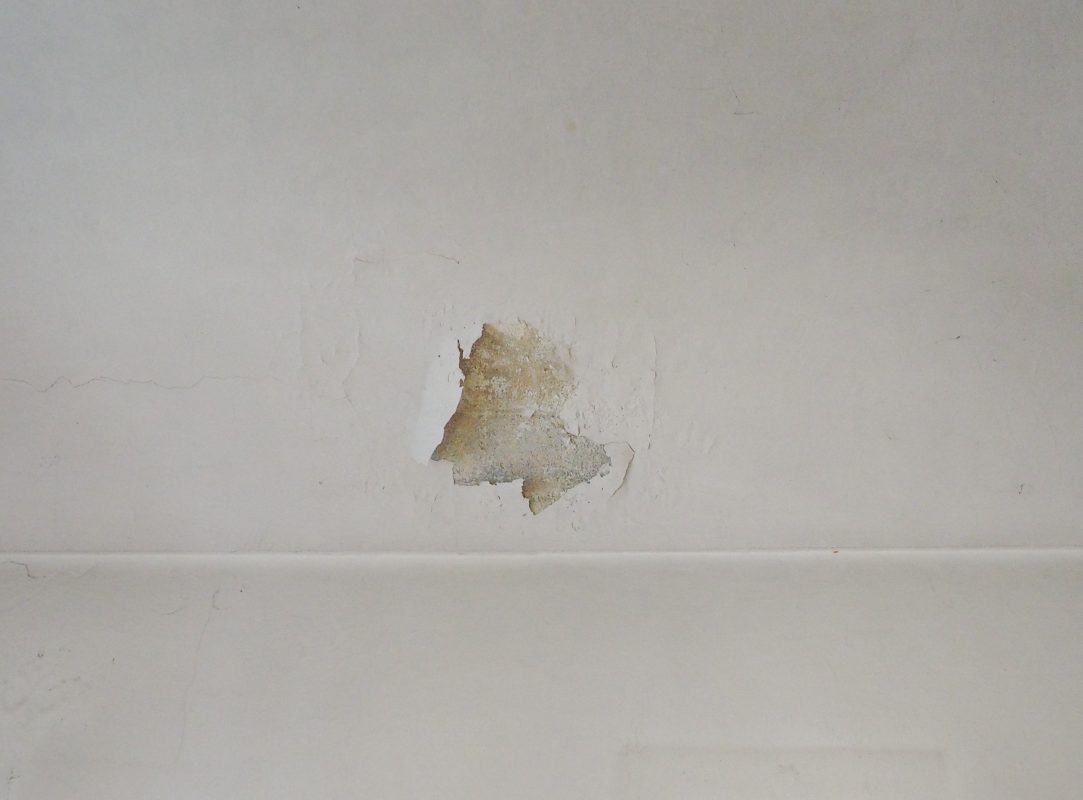
The importance of addressing water stains promptly
While water stains may seem like a minor inconvenience, it’s crucial to address them promptly to prevent further damage and potential health risks. Here’s why:
1. Structural damage: If left untreated, water stains can lead to structural damage to your ceiling. Moisture can weaken the materials, causing sagging, crumbling, or even collapse in severe cases. By addressing water stains promptly, you can avoid costly repairs or potential hazards.
2. Mold growth: Water stains provide the perfect breeding ground for mold and mildew. These fungi thrive in damp environments and can quickly spread throughout your home, posing health risks to you and your family. By dealing with water stains immediately, you can prevent the growth of mold and maintain a healthy living space.
3. Aesthetic appeal: Let’s not forget the impact water stains can have on the overall aesthetic appeal of your home. Stained ceilings can make a space feel uninviting and unkempt. By taking swift action, you can restore your ceiling’s pristine appearance and enhance the overall ambiance of your space.
Now that we understand the importance of addressing water stains promptly, let’s move on to the steps you should take when you notice them on your ceiling.
Steps to take when you notice water stains on your ceiling
Discovering water stains on your ceiling can be a cause for concern, but don’t panic. By following these steps, you can effectively address the issue and prevent further damage.
1. Inspect the area: The first step is to carefully inspect the stained area on your ceiling. Look for any signs of active leakage or dripping water. It’s important to determine whether the source of the stain is still active or if it has been resolved.
2. Protect your belongings: If there is an active leak, take immediate action to protect your belongings. Move furniture, electronics, and other valuable items away from the affected area to prevent further damage.
3. Document the damage: Before proceeding with any repairs, document the water stains by taking clear photographs. This will be helpful for insurance claims or if you need to seek professional assistance.
4. Turn off the water supply: If you suspect the water stain is caused by a plumbing issue, locate the main water supply valve and turn it off. This will help prevent further water damage until the issue can be resolved.
5. Create a temporary solution: While you work on fixing the underlying issue causing the water stains, it’s essential to create a temporary solution to prevent further damage. Place a bucket or a waterproof container beneath the leak to catch any dripping water.
6. Dry the affected area: Use a fan or a dehumidifier to dry the stained area and reduce the risk of mold growth. Proper ventilation is crucial to prevent further damage and maintain a healthy living environment.
Now that you’ve taken the initial steps to address the water stains, it’s time to assess the extent of damage and potential sources of water leaks.
Assessing the extent of damage and potential sources of water leaks
Before proceeding with any repairs, it’s important to assess the extent of damage and identify the potential sources of water leaks. This will help you determine the best course of action and ensure a long-term solution.
1. Check the surrounding areas: Carefully inspect the area around the water stain. Look for any signs of moisture on the walls, nearby fixtures, or adjacent rooms. This will help you identify the potential sources of the water leaks.
2. Trace the water path: If possible, trace the path of the water from the stain back to its source. This may involve climbing into your attic or accessing crawl spaces to locate the origin of the leak. Take note of any visible signs of damage, such as wet insulation or dripping water.
3. Consult professionals if needed: If you’re unable to identify the source of the water leak or if the damage is extensive, it’s advisable to consult a professional plumber or roofing contractor. They have the expertise and tools to locate and fix the issue effectively.
Once you have a clear understanding of the extent of damage and potential sources of water leaks, it’s time to address the underlying issue causing the water stains.
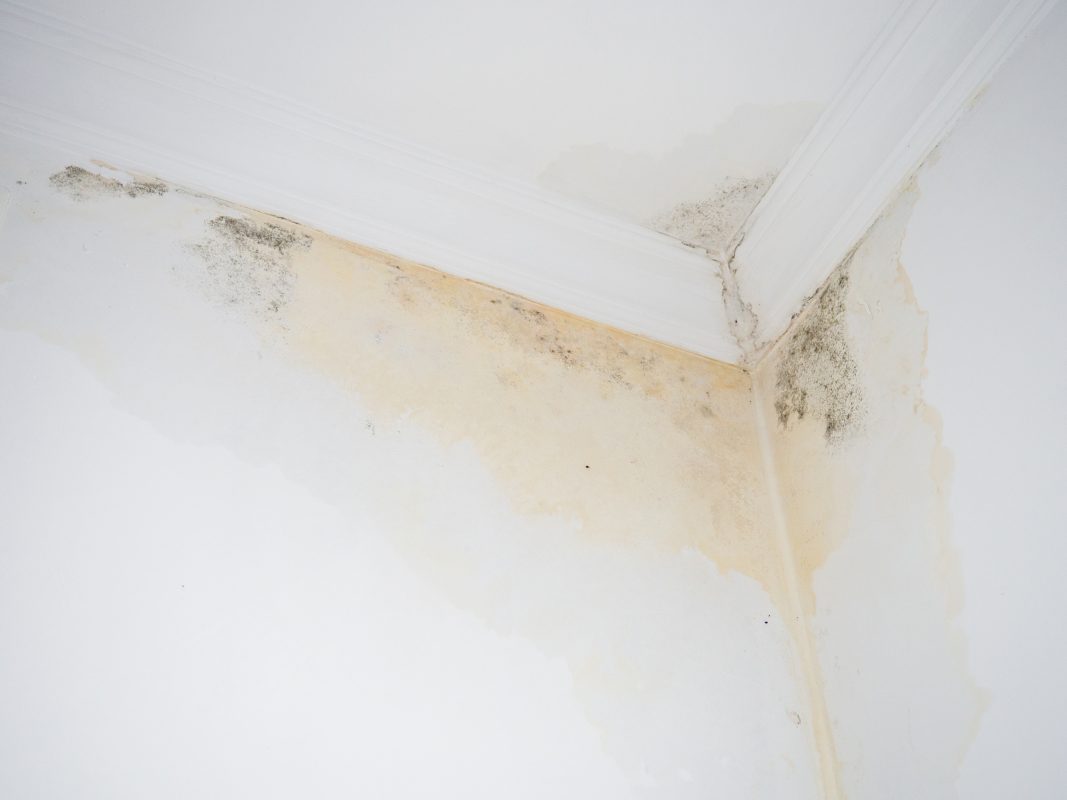
Fixing the underlying issue causing the water stains
To effectively eradicate water stains from your ceiling, you must fix the underlying issue causing the problem. Here are some common solutions based on the potential sources of water leaks:
1. Roof leaks: If the water stains are a result of a roof leak, it’s essential to repair the damaged areas promptly. This may involve replacing missing or damaged shingles, repairing cracked flashing, or clearing clogged gutters. Consider hiring a professional roofing contractor to ensure a thorough and long-lasting fix.
2. Plumbing leaks: For plumbing-related water stains, you’ll need to address the specific pipe or fixture causing the issue. This may involve tightening loose connections, replacing worn-out seals, or fixing damaged pipes. If you’re not familiar with plumbing repairs, it’s best to seek the help of a licensed plumber to avoid further damage.
3. Condensation buildup: To prevent condensation-related water stains, you’ll need to improve ventilation and reduce humidity levels. Install exhaust fans in bathrooms and kitchens to remove excess moisture. Additionally, insulating cold surfaces, such as pipes or ducts, can help prevent condensation from forming.
By addressing the underlying issue causing the water stains, you’ll be one step closer to restoring your ceiling’s pristine appearance. But what about the stains themselves? Let’s explore how to remove water stains from the ceiling.
Removing water stains from the ceiling
Removing water stains from your ceiling requires a systematic approach to ensure effective results. Here’s how to tackle those unsightly marks:
1. Safety first: Before starting any cleaning process, make sure to wear protective gloves, goggles, and a mask. This will protect you from any potential harmful substances or allergens that may be present in the water stains.
2. Prepare a cleaning solution: Mix equal parts of warm water and white vinegar in a spray bottle. You can also add a small amount of dish soap for added cleaning power.
3. Test the solution: Before applying the cleaning solution to the entire stain, test it on a small, inconspicuous area of your ceiling to ensure it doesn’t cause any discoloration or damage.
4. Apply the solution: Spray the cleaning solution directly onto the water stain, ensuring it is thoroughly saturated. Allow the solution to sit for a few minutes to loosen the stain.
5. Gently scrub the stain: Using a soft-bristled brush or a sponge, gently scrub the stained area in a circular motion. Avoid applying excessive force, as this may damage the ceiling surface.
6. Rinse and repeat if necessary: Once you’ve scrubbed the stain, rinse the area with clean water and blot it dry with a clean cloth. If the stain persists, repeat the process until it is completely removed.
Remember, patience is key when removing water stains from your ceiling. It may take several attempts to eliminate stubborn stains, so don’t get discouraged if it doesn’t disappear completely on the first try.
Now that you’ve successfully removed the water stains, it’s time to focus on preventing future occurrences.
Preventing future water stains on your ceiling
Prevention is always better than dealing with water stains. By taking proactive measures, you can minimize the risk of future incidents and maintain a water-stain-free ceiling. Here are some preventive steps to consider:
1. Regular maintenance checks: Schedule regular maintenance checks for your roof, plumbing systems, and ventilation. This will help you identify and address any potential issues before they escalate into water stains.
2. Keep gutters clean: Clogged gutters can lead to water overflow, which can find its way into your ceiling. Regularly clean out your gutters to ensure proper water drainage.
3. Insulate pipes and ducts: Insulating pipes and ducts that run through unconditioned spaces, such as attics or crawl spaces, can help prevent condensation buildup and subsequent water stains.
4. Monitor humidity levels: Use a hygrometer to monitor the humidity levels in your home. Ideally, humidity levels should be kept between 30% and 50% to prevent excessive condensation.
5. Promptly address leaks: Whether it’s a small plumbing leak or a minor roof issue, address the problem promptly to prevent water stains from forming. Don’t ignore even the smallest signs of leakage.
By implementing these preventive measures, you can significantly reduce the risk of water stains on your ceiling and maintain a clean and pristine living space.
Professional help for severe water stain issues
While many water stains can be addressed through DIY methods, there may be instances where professional assistance is necessary. Here are some scenarios where it’s advisable to seek the help of experts:
1. Extensive damage: If the water stains have caused significant structural damage to your ceiling or if the stains keep reappearing despite your best efforts, it’s time to consult a professional contractor. They can assess the situation and recommend appropriate repairs.
2. Mold growth: If you discover mold growth along with water stains, it’s crucial to seek professional help immediately. Mold remediation requires specialized knowledge and equipment to ensure proper removal and prevention of future growth.
3. Safety concerns: If the water stains are a result of electrical issues or if you suspect any other safety hazards, it’s best to leave the repairs to trained professionals. Safety should always be your top priority.
Remember, it’s better to be safe than sorry. Seeking professional help can save you time, money, and potential headaches in the long run.
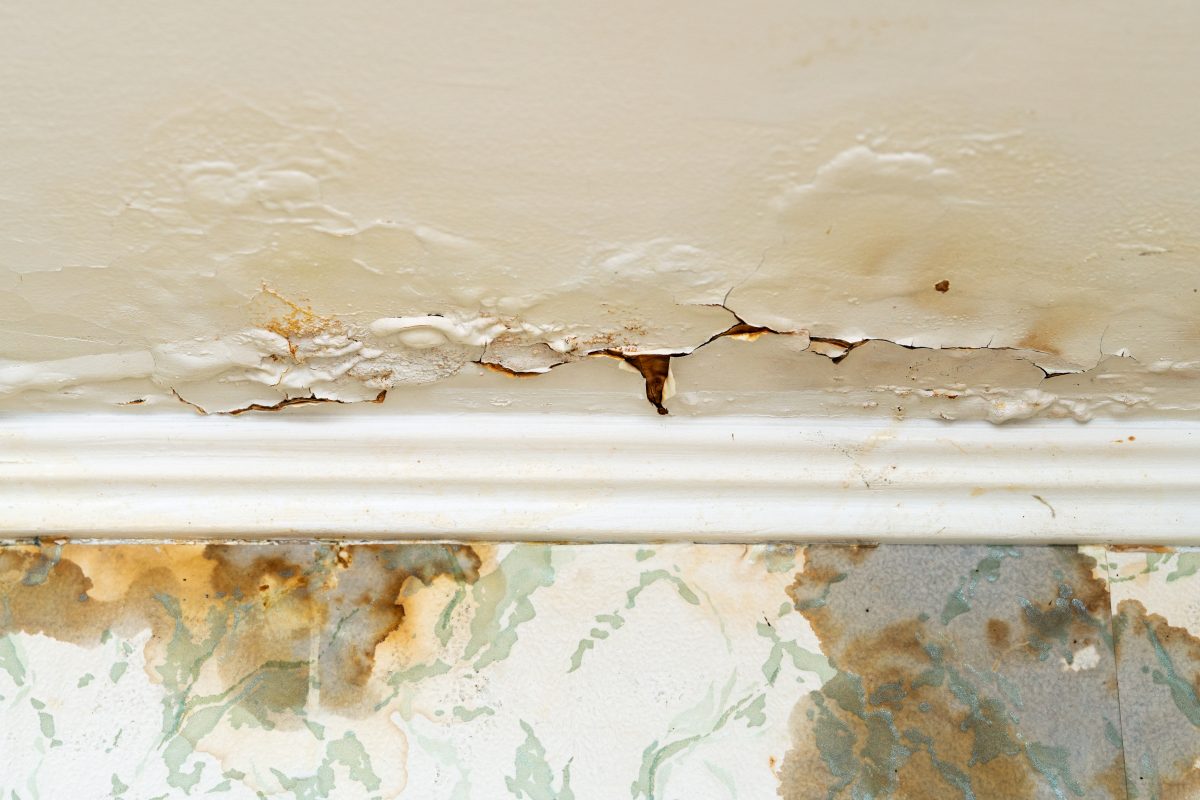
Conclusion: Maintaining a water-stain-free ceiling
Water stains on your ceiling don’t have to be a permanent eyesore. By understanding the causes, addressing the underlying issues, and following the proper cleaning and preventive measures, you can conquer those water stains and restore your ceiling to its former glory.
Remember to address water stains promptly to prevent further damage and potential health risks. Inspect the affected area, protect your belongings, and create a temporary solution until the underlying issue is resolved. Assess the extent of damage and potential sources of water leaks, and fix the underlying issue causing the water stains. Use a cleaning solution to remove the stains from the ceiling, and take preventive measures to avoid future occurrences.
Maintaining a water-stain-free ceiling requires regular maintenance, proactive prevention, and prompt action when issues arise. With the right response, you can keep your ceiling dazzling and transform your space into a haven of beauty and comfort. Say goodbye to water stains and hello to a perfectly restored ceiling!
